Perfecting your favorite cup of coffee has gotten easier thanks to audio AI.


Perfecting your favorite cup of coffee has gotten easier thanks to audio AI.

Impedance doesn’t directly affect sound quality in headphones. Instead, it indirectly affects sound quality through the way that headphones are made (i.e., their construction) and how they’re paired with source devices. For the best sound quality, pair headphones with source devices that have sufficient power and a similar level of impedance to the headphones. This…

A guitar pickup’s impedance is a measure of its resistance to an alternating current (AC) and depends on its resistive, inductive, and capacitive elements. Passive guitar pickups have medium-to-high (output) impedances, typically 5 kΩ – 20 kΩ, and often connect to devices that have very high (input) impedances (i.e., 1 MΩ or higher). Guitar pickups…
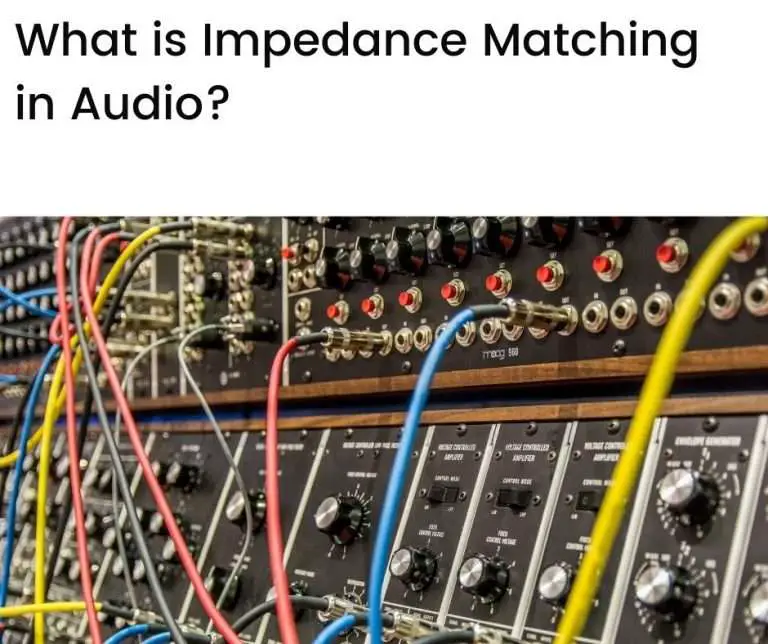
Impedance matching refers to using equal impedances when connecting two or more electronic devices. This allows for the maximum transfer of power between the devices. While impedance matching was important in early (analog) telephone and audio systems, it is less important today. Modern audio systems prioritize signal transfer rather than power transfer. There are some…
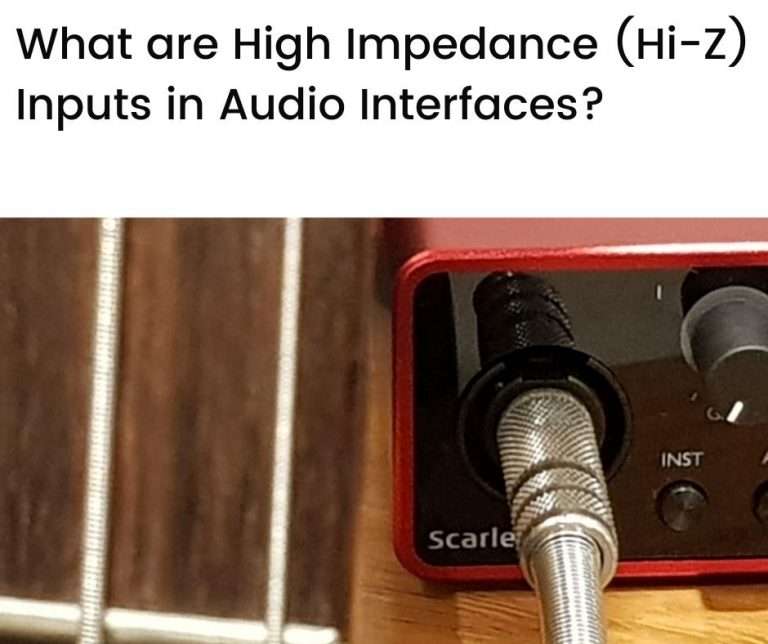
High impedance (Hi-Z) inputs in audio interfaces connect instruments that have, in themselves, a relatively high impedance. Hi-Z inputs allow a good degree of voltage transfer from these connected instruments. This is especially useful given the typically low signal output levels from such instruments. Many audio interfaces have Hi-Z inputs that offer very high impedances…

MIDI interfaces and audio interfaces are not the same. MIDI interfaces are specialized devices that allow MIDI instruments to communicate with computers. Audio interfaces, on the other hand, perform a variety of tasks, including connecting multiple devices, performing analog-to-digital (and digital-to-analog) conversion, and pre-amplifying microphones. Audio interfaces may also include built-in MIDI interfaces. So, although…
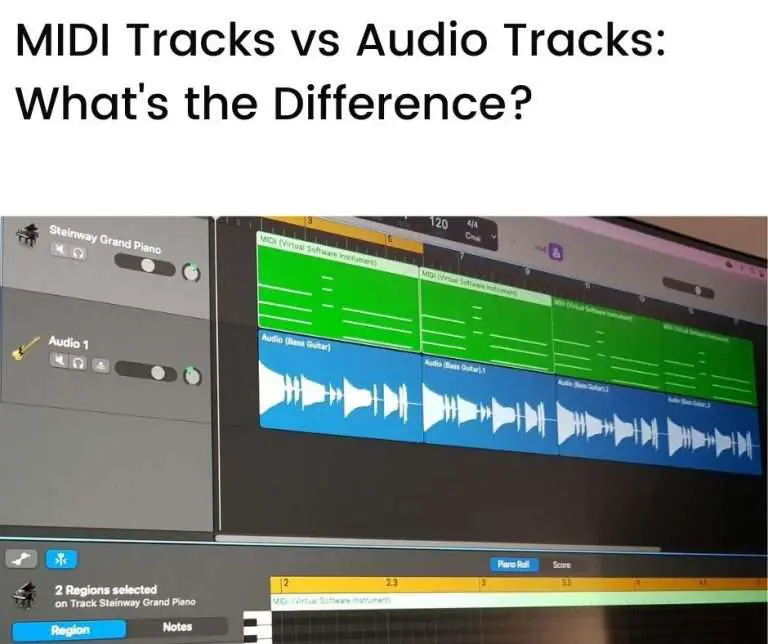
MIDI tracks record MIDI data—performance data about sequences of notes played—whereas audio tracks record representations of actual sound waves. They are fundamentally different types of data. Yet, they can both be combined effectively using modern hardware and software to form coherent audio productions.
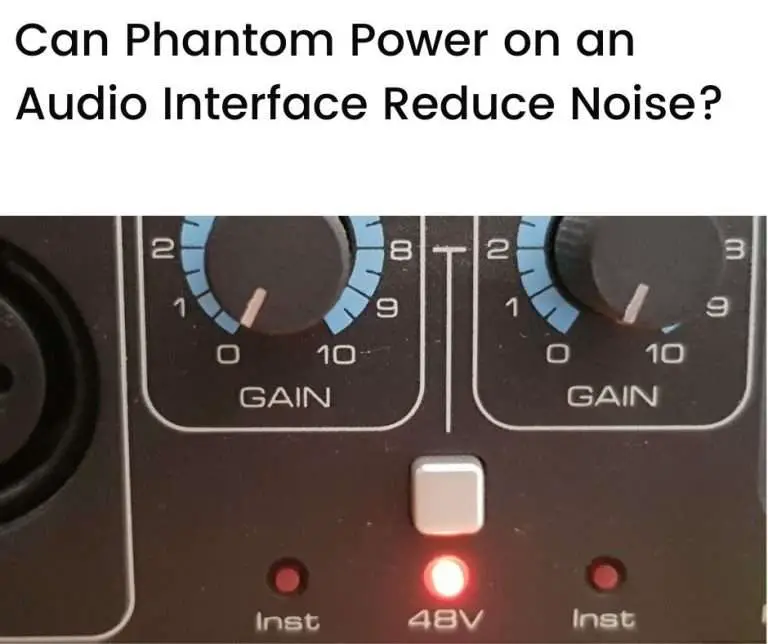
Phantom power is used for delivering DC current to active devices such as condenser mics. It is available with many audio interfaces. Phantom power does not, however, reduce noise. It works with balanced audio cables that have noise-reducing properties. It is, therefore, merely this association with balanced systems that gives the impression that phantom power…
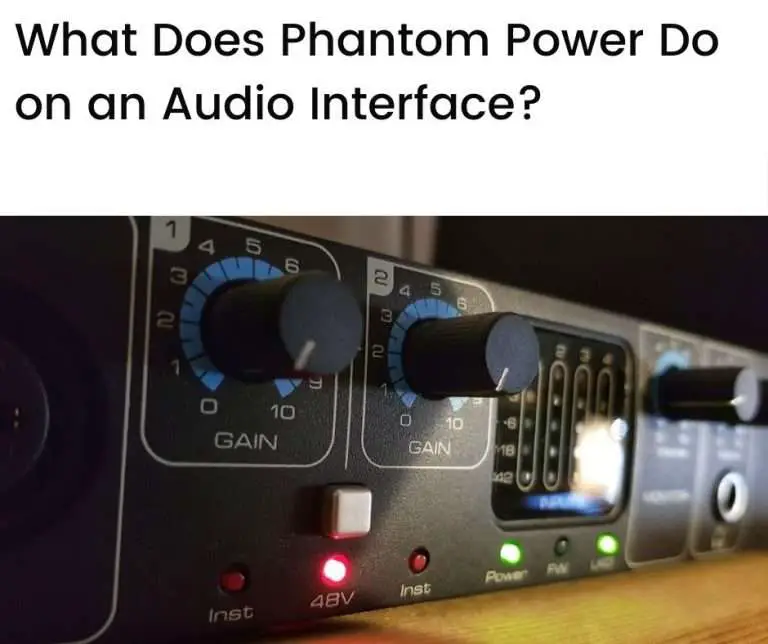
Phantom power on an audio interface provides power to active components such as condenser mics. It is delivered through balanced audio cables and can appear to be ‘phantom’ when there’s no visible external power supply. The unique construction and sensitivity of condenser mics mean that they require an additional current to boost their signals, and…
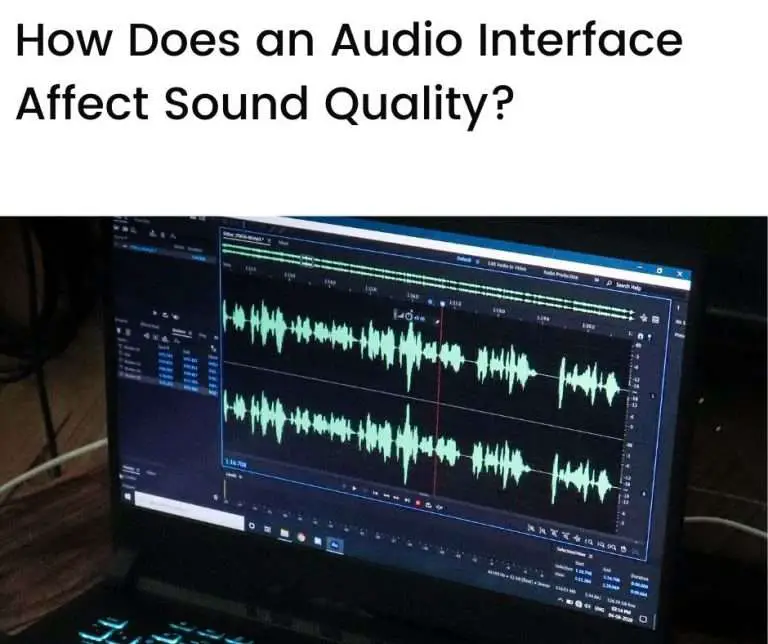
An audio interface can affect sound quality in three main ways: The analog-to-digital conversion process (ADC), the quality of its pre-amps, and the level of noise it generates. Audio interfaces form the heart of most digital audio workflows, so understanding how they may impact the sound produced is important for the audio production process.